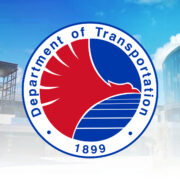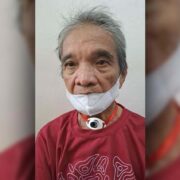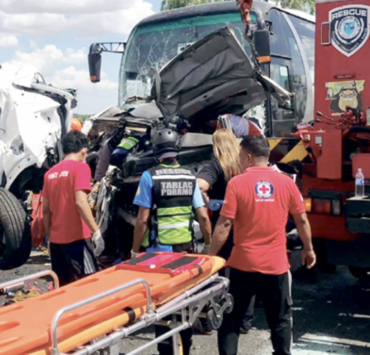Bad habits + bad infra = tragedy

A few days before the 8th UN Global Road Safety Week (May 12 to 18), tragedy strikes.
On May 4, at the departure area of the NAIA Terminal 1, a man plows his SUV into the crowd near the entrance. Many are injured, and two lose their lives–a 5-year-old girl and a 29-year-old man. The driver of the SUV was apprehended, and is now subject to thorough drug and psychological testing.
Noticeable at the crash scene were the bollards that were toppled over when the SUV ran over them. The metal bollards—reported to cost the government P8 million—apparently didn’t do its job. If you look at bollard tests conducted in other countries, these vertical posts are able to withstand high-speed collisions even with heavy vehicles. Those bollards at NAIA Terminal 1 failed to prevent a runaway SUV from crashing through a pedestrian-only area.
According to University of California-Los Angeles, bollards are usually very strong concrete posts that can stop a speeding 16-wheeler dead in its tracks.
I remembered seeing retractable bollards in front of banks and jewelry stores in Basel when I visited Switzerland 10 years ago. They were designed to stop ram-robberies, as my former classmate and now Swiss resident told me. She added that even in main streets, there were these retractable steel pillars to safely separate pedestrians from vehicular traffic, and only the police could operate them.
How pitifully different those NAIA bollards looked. They were not embedded deep into the concrete floor, as proper bollards should. They were just screwed on. Somebody screwed up this contract.
But the main character in this utterly avoidable tragedy remains the driver of the SUV. What was he thinking? What was he doing? According to a report obtained by the Land Transportation Office, the driver, Leo Gonzales, 47, who was charged before the Pasay City Prosecutor’s Office with reckless imprudence resulting in two counts of homicide, multiple injuries and damage to property, claimed that he was about to leave the departure area after sending off a passenger when a sedan passed in front of him, which he said made him panic and inadvertently step on the gas pedal instead of the brakes.
After seeing the actual CCTV footage of the incident, many have questioned the driver’s claim that a vehicle passed in front of him. It’s at this stage where we get to ask, “So what was the driver really doing inside the car immediately before, and during the SUV’s sudden acceleration?”
That, we may never know. There was nobody else with Leo inside that ill-fated SUV. We’re going only by his word.
The tragedy at NAIA 1 is but one of a disturbing string of road crashes we have been witnessing as of late. Social media has become a horror show of twisted metal, screaming victims, disfigured bodies, and wailing family members.
Calls for reform get louder. Stricter enforcement of drivers’ license applications processes are urged. All drivers, especially drivers of PUVs, are called upon to take refresher courses. New laws are being looked into so that road incidents like these are more thoroughly investigated.
I think it’s also high time that we look closer at how drivers use their pedals. I’m for installing a small camera at the side panel of the driver side, facing the legs and pedals, so investigators can see how the driver applied the pedals in that instance when a crash takes place. This monitoring camera will help present clear visual evidence, which can either corroborate or refute the driver’s claims of “nawalan ng preno (loss of brakes)” or “nawalan ng control (loss of control).”
I checked online and read that in the United Kingdom, pedal monitoring cameras aren’t mandatory for all vehicles, but Transport for London (TfL) has made them mandatory for all new buses. These cameras are fitted in the bus cab’s footwell area to record pedal usage and can provide evidence in serious accidents.
We, as a civil, caring, and law-abiding society owe it to all the victims that the tragedies that have befallen them wouldn’t be in vain.
As much as there is punishment, more importantly, there must be improvement. It’s the only proper way to get justice on the street level.


















